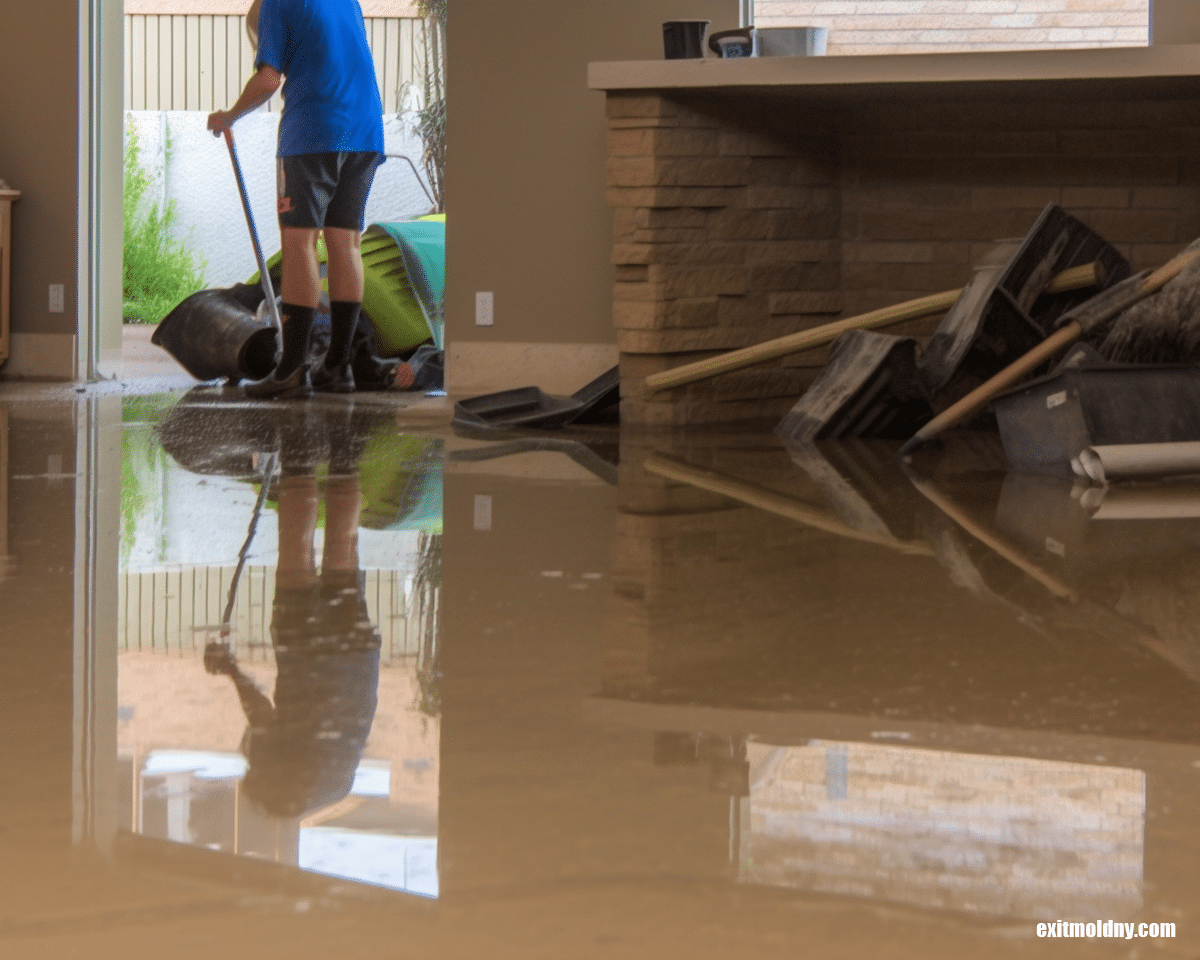Best Practices for Making Certain Safe and Extensive Lead Violation Abatement
Dealing with lead violation reduction requires a multi-faceted strategy to make certain both safety and compliance. Preliminary analyses making use of sophisticated detection methods such as XRF analyzers established the stage for an accurate understanding of contamination degrees. Incorporating proper containment techniques, consisting of impermeable barriers and HEPA purification, paired with the use of personal safety tools (PPE) for employees, forms the backbone of a safe procedure. Thorough cleanup protocols, featuring HEPA vacuuming and wet-wiping, are critical. It's the last clearance procedure, entailing detailed inspections and laboratory screening, that truly confirms a lead-free environment, ensuring long-term safety and security. Just how do these techniques adjoin to assure thorough lead reduction?

First Evaluation
Conducting a first evaluation is an important very first action in lead infraction abatement. This stage encompasses a thorough examination of the building to determine the presence, level, and particular areas of lead-based dangers. Qualified experts, such as certified lead examiners or risk assessors, must perform a thorough site inspection, using tools like X-ray fluorescence (XRF) analyzers to precisely detect and determine lead focus in paint, dust, dirt, and water.
The assessment needs to also consist of a review of the building's background, previous reports, and any kind of grievances or wellness issues reported by passengers - Lead Removal Contractors. Recording the findings diligently is crucial, as these records create the basis for creating an efficient reduction strategy. A thorough analysis also includes tasting and research laboratory analysis, which are essential to confirm the visibility of lead and guide succeeding activities
Furthermore, it is critical to communicate the results transparently to all stakeholders, consisting of residential or commercial property owners, lessees, and regulatory authorities. By guaranteeing that the preliminary analysis is performed with precision and rigor, experts can lay a strong structure for a targeted and efficient lead abatement procedure, ultimately safeguarding public health and wellness and making certain compliance with regulative requirements.
Correct Control
Proper control is critical to stop the spread of lead contaminants throughout reduction activities. Properly handling containment minimizes the threat of lead dust and particles moving to non-work areas, therefore guarding both the atmosphere and individuals outside the immediate work area.

Regular examinations of the containment location are required to look for breaches or weak points in the barrier. Any kind of identified concerns ought to be promptly dealt with to maintain the stability of the containment. By adhering to these techniques, reduction projects can successfully control lead contamination and alleviate associated health and wellness threats.
Worker Defense
Ensuring worker defense is critical throughout lead abatement tasks to stop occupational direct exposure to hazardous lead bits. Essential steps consist of making use of personal safety tools (PPE) such as respirators, gloves, and full-body fits especially designed to block lead dust and fumes. Workers must undergo extensive training on the proper usage and upkeep of PPE, including in shape screening for respirators to make certain maximum effectiveness.
Design controls, such as regional exhaust air flow systems, are essential in decreasing airborne lead concentrations in the work environment. Administrative controls must also be executed, consisting of restricting the duration of exposure and turning employees to reduce private direct exposure times. Normal medical surveillance and biological tracking are indispensable for early detection of lead absorption, allowing prompt treatment and therapy.
Furthermore, establishing a purification protocol is vital. Workers should comply with rigid purification procedures before my blog breaks and at the end of their shift to avoid lead dust from being brought Discover More Here outside the workspace. This includes detailed hand and face washing with lead-specific cleaning representatives and transforming out of contaminated clothes.
Meticulous Cleanup
Keeping a risk-free workplace prolongs beyond employee security and includes meticulous cleaning to make sure lead particles are extensively eliminated from the site. The procedure of precise cleanup is critical in protecting against the recontamination of the mellowed out area and guarding both present and future occupants.
To attain an extensive cleaning, all work locations need to be systematically decontaminated. This entails making use of specialized HEPA (High-Efficiency Particulate Air) vacuum cleaners and wet-wiping strategies to catch and get rid of fine lead dirt that may have picked surfaces. It is critical to clean up all straight surfaces, consisting of floorings, window sills, and kitchen counters, in addition to upright surfaces that may have entraped lead particles.
Workers have to wear ideal personal protective tools (PPE) during clean-up to prevent direct exposure to residual lead dust. Utilized cleansing materials such as wipes, sponges, and mop heads need to be dealt with in conformity with contaminated materials disposal policies.

Final Clearance
Last clearance is the critical concluding phase of lead reduction that determines whether the site is risk-free for reoccupation. This important action entails thorough examination and screening to validate that all lead threats have actually been properly removed.

Final clearance testing not just secures future passengers but also makes certain compliance with local, state, and federal regulations. In addition, it functions as a documented recognition go to my site of the abatement professional's adherence to industry ideal techniques. Making certain a complete and effective final clearance is essential in safeguarding public health and fostering rely on the abatement process.
Verdict
Making certain secure and complete lead violation abatement requires a diverse technique including preliminary assessments with innovative detection methods, reliable containment methods, rigorous worker security methods, and precise clean-up treatments. The final clearance phase, including detailed evaluations and research laboratory testing, is important to validate compliance with EPA standards. Adherence to these finest techniques assures a safe atmosphere for passengers, minimizes health risks, and maintains governing needs, thereby promoting public health and security in lead-affected locations.